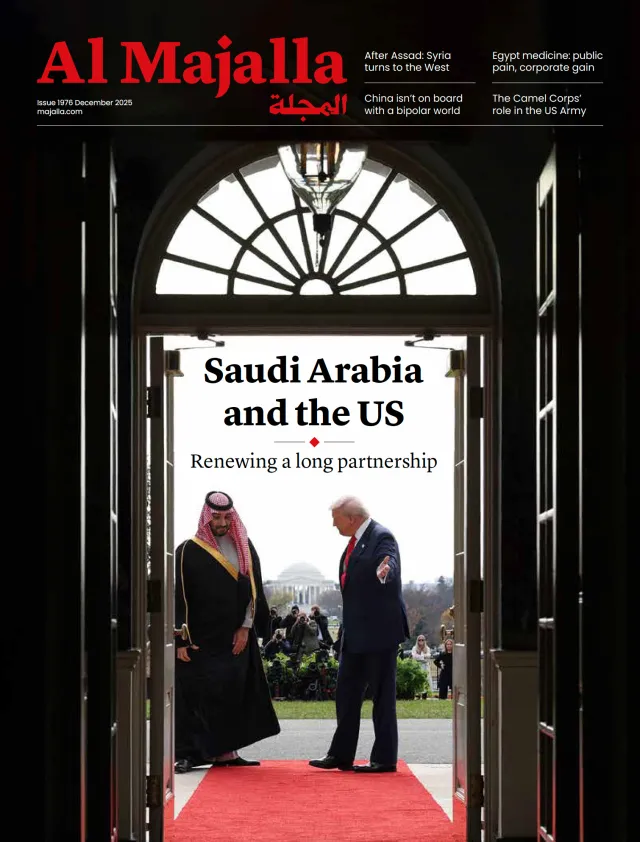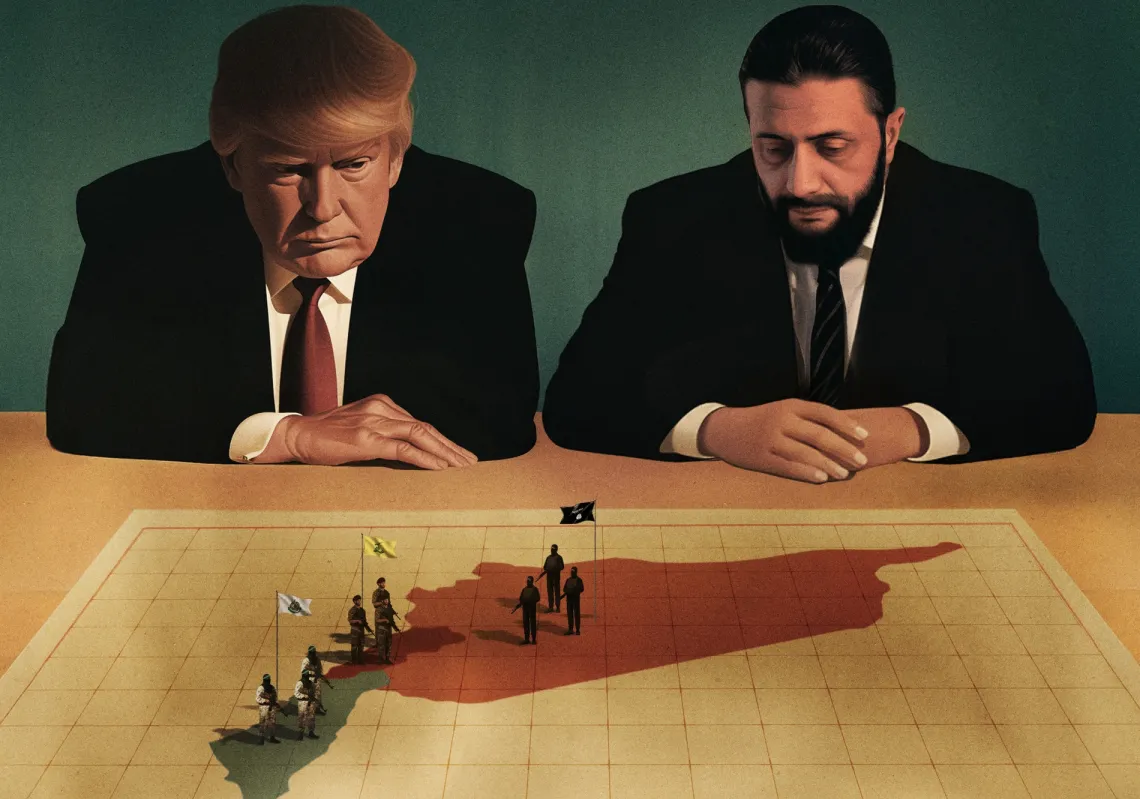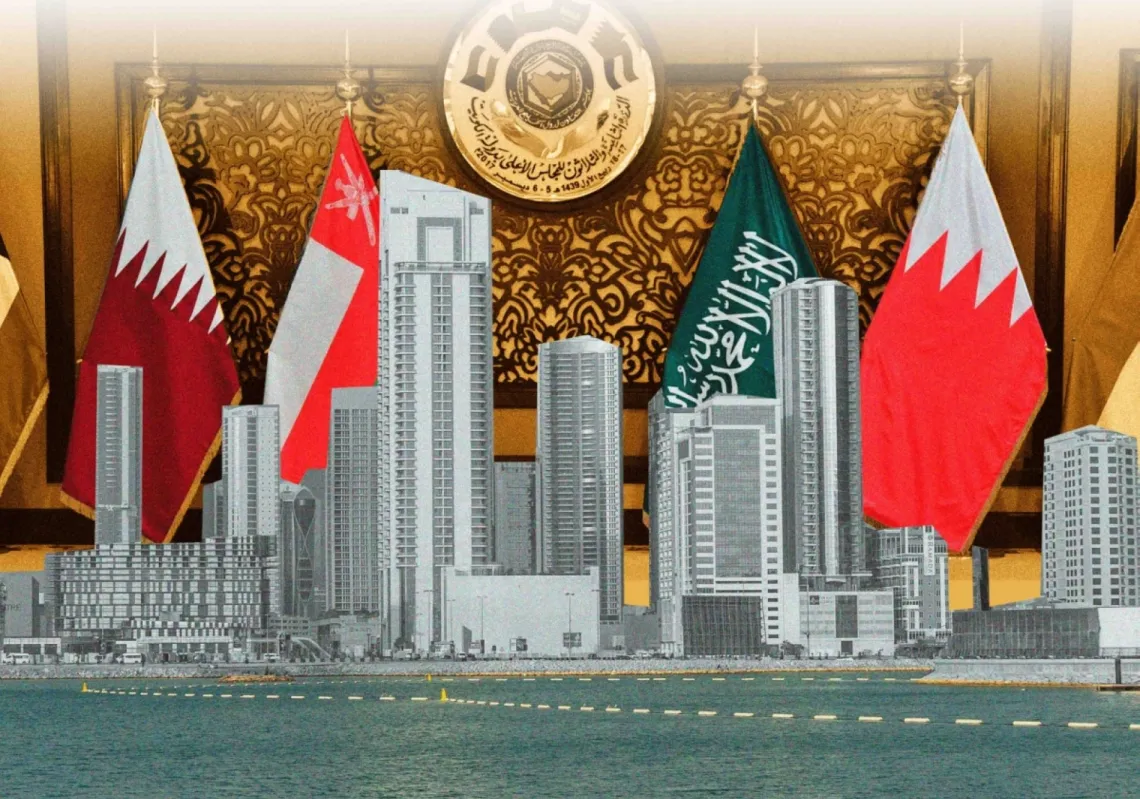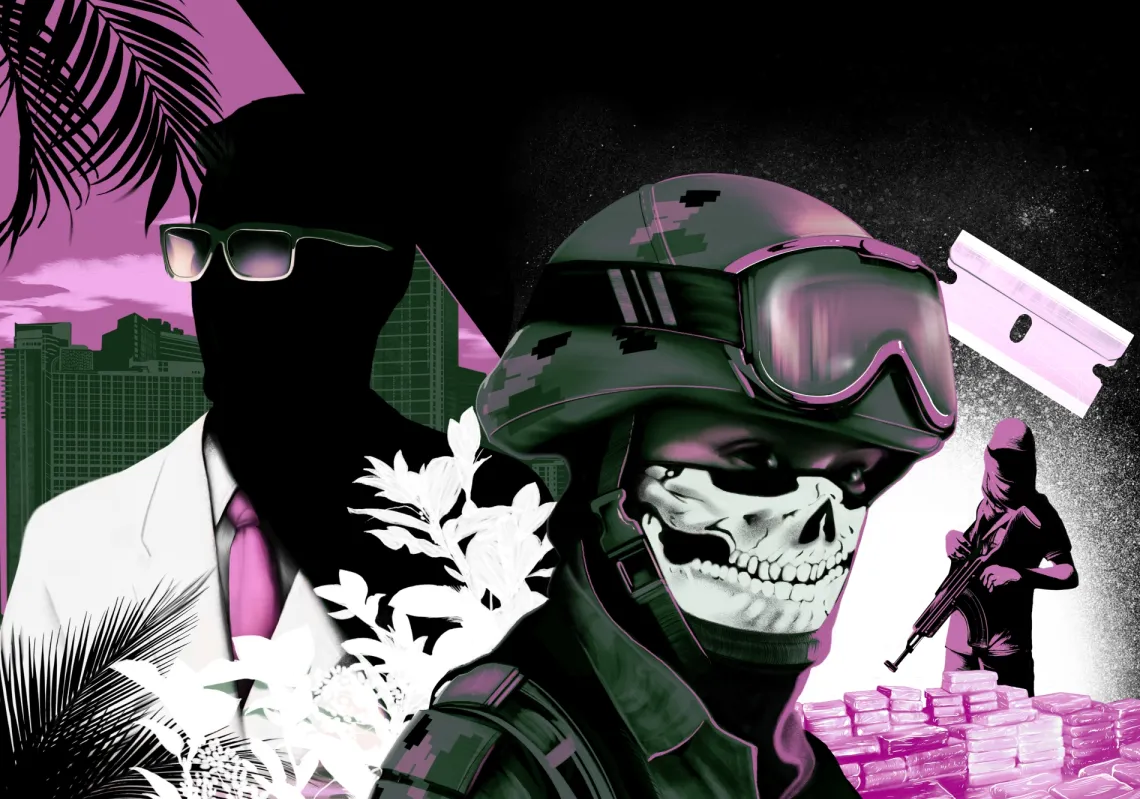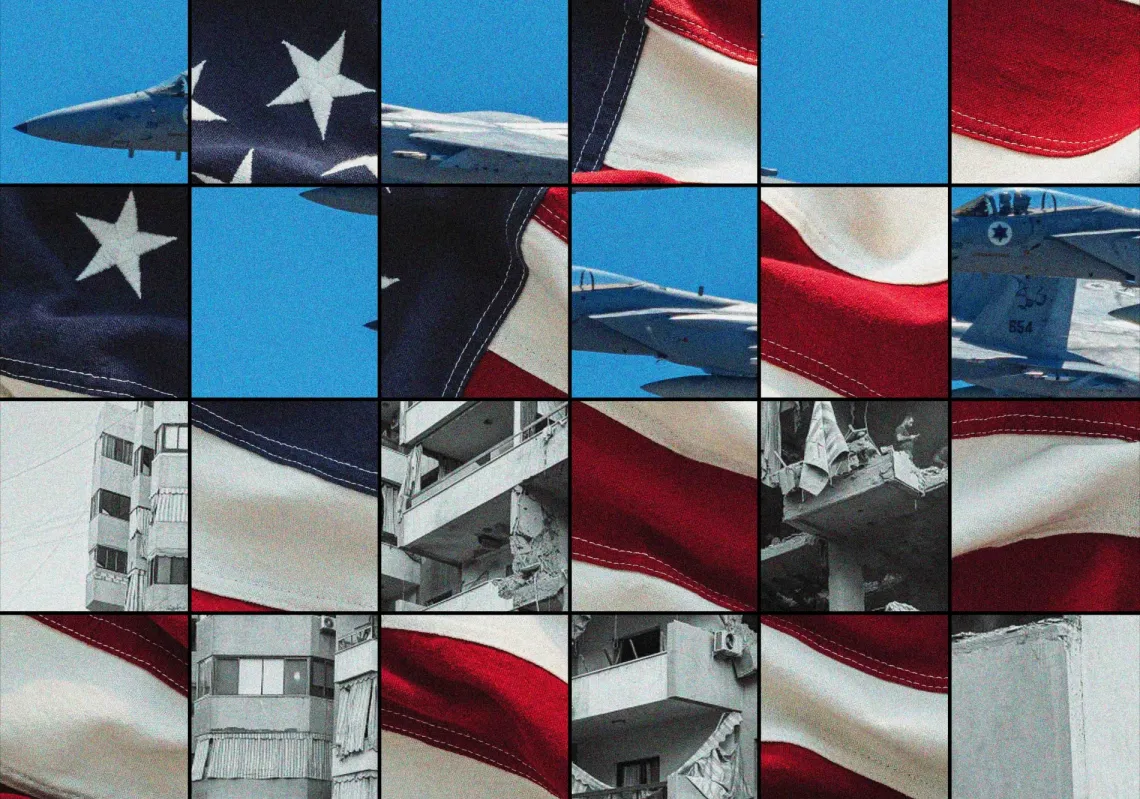As of March 2025, the ongoing standoff between the United States, Israel, and Iran over the latter's nuclear programme reached a critical juncture. Tensions escalated after US President Donald Trump issued a two-month ultimatum for Iran to accept a new nuclear deal where it would be required to dismantle its nuclear infrastructure and end all enrichment activities—a demand that Tehran is unlikely to accept.
Instead, it insists on retaining its nuclear programme under conditions similar to the 2015 Joint Comprehensive Plan of Action (JCPOA), which allowed Iran to continue some nuclear activity while ending others in exchange for sanctions relief. The stark contrast in positions between the two parties has led to growing concerns about the possibility of military intervention, with Israel reportedly contemplating military action against Iran's nuclear sites.
In early March 2025, Trump delivered a direct ultimatum to Iran in a letter addressed to Supreme Leader Ayatollah Ali Khamenei. It demanded that Tehran agree to a new nuclear deal within two months or face unspecified consequences.
The demands were clear: Iran must completely dismantle its nuclear infrastructure, including halting all uranium enrichment activities and ballistic missile programmes, and agree to open, unfettered access to all nuclear facilities for international inspectors. The implication was that failure to comply with the terms would lead to military action, which was further cemented by National Security Advisor Michael Waltz's comments on Face The Nation that "all options are on the table."
Broader US strategy
The ultimatum is part of a broader American strategy aimed at containing Iran’s nuclear ambitions and curtailing its influence in the Middle East. The Trump administration is seeking a comprehensive agreement that would deprive Iran of any path to nuclear weapons development by dismantling its nuclear infrastructure altogether.
For his part, Iran's Supreme Leader, Ayatollah Khamenei, swiftly rejected Trump’s outreach, referring to it as a “deceptive ploy.” Full nuclear disarmament is simply not an option for a country whose national security heavily relies on its nuclear capability.
Iran wants a deal similar to the 2015 Joint Comprehensive Plan of Action, albeit with certain adjustments. The JCPOA allowed Iran to retain a limited nuclear programme under strict limitations in exchange for sanctions relief. Iran insists that any new agreement must give it some autonomy over its nuclear programme and also include provisions for lifting sanctions that have significantly strained its economy.
Iran's preferred framework would likely involve keeping its nuclear enrichment programme intact, with some limitations. However, its missile programmes are not up for discussion. Iran sees them as vital to national security— especially amid an increasingly hostile US and Israeli presence in the region. For their part, Israel and the US see these programmes as a direct threat to regional security and stability.

